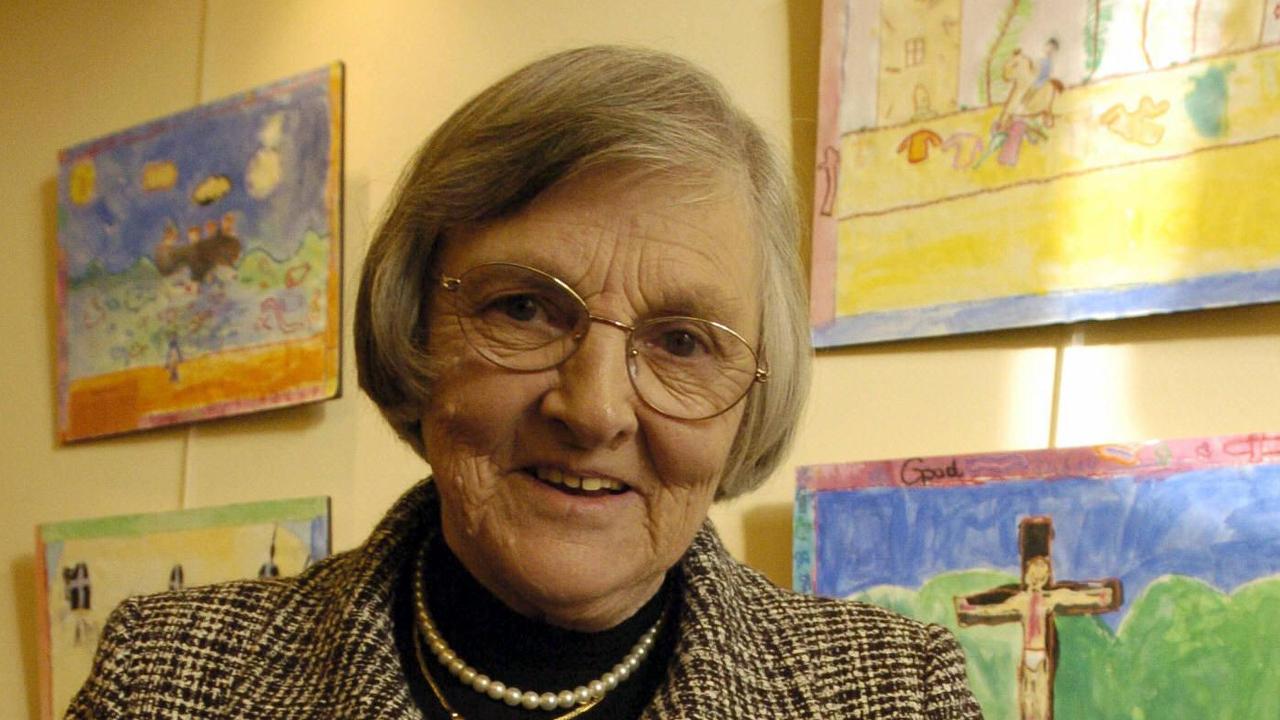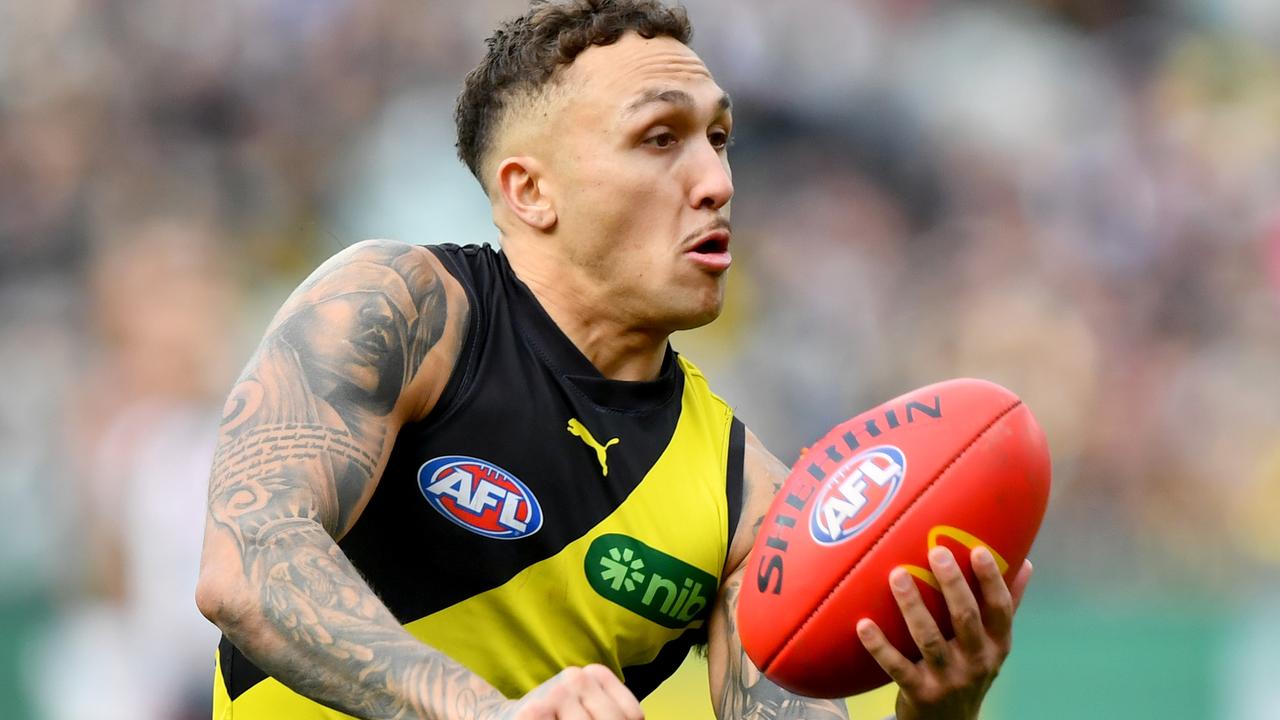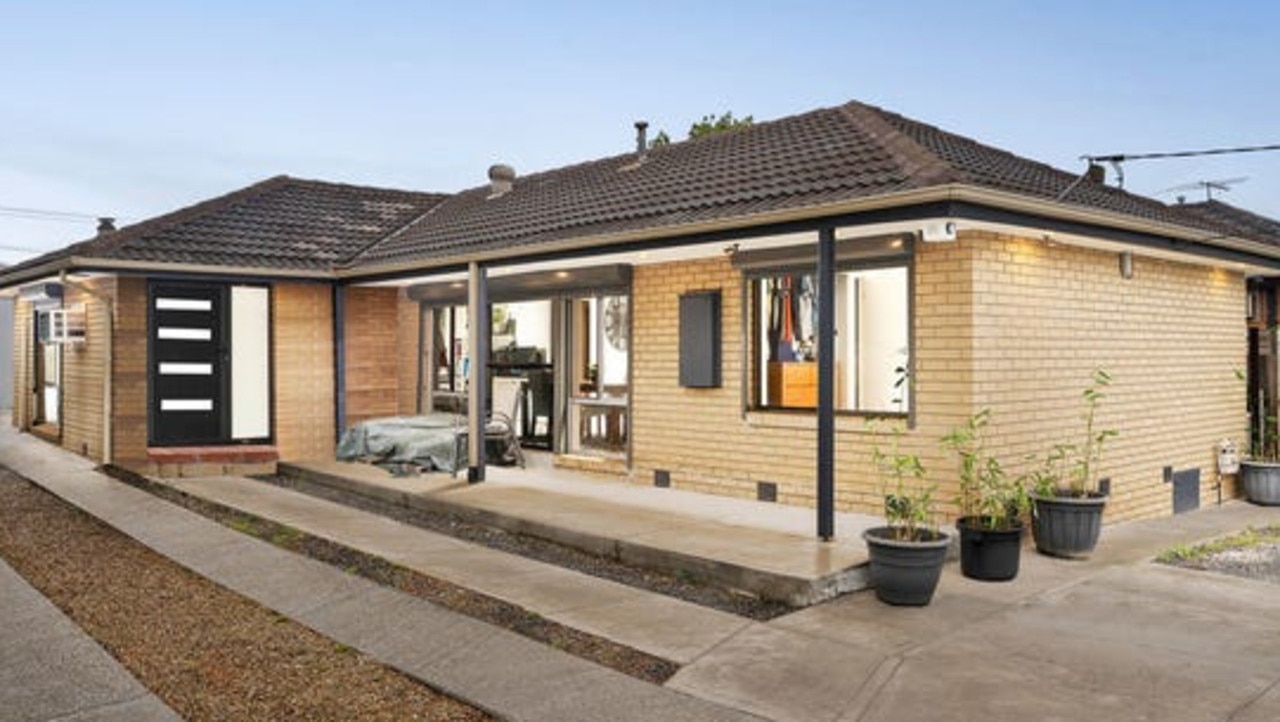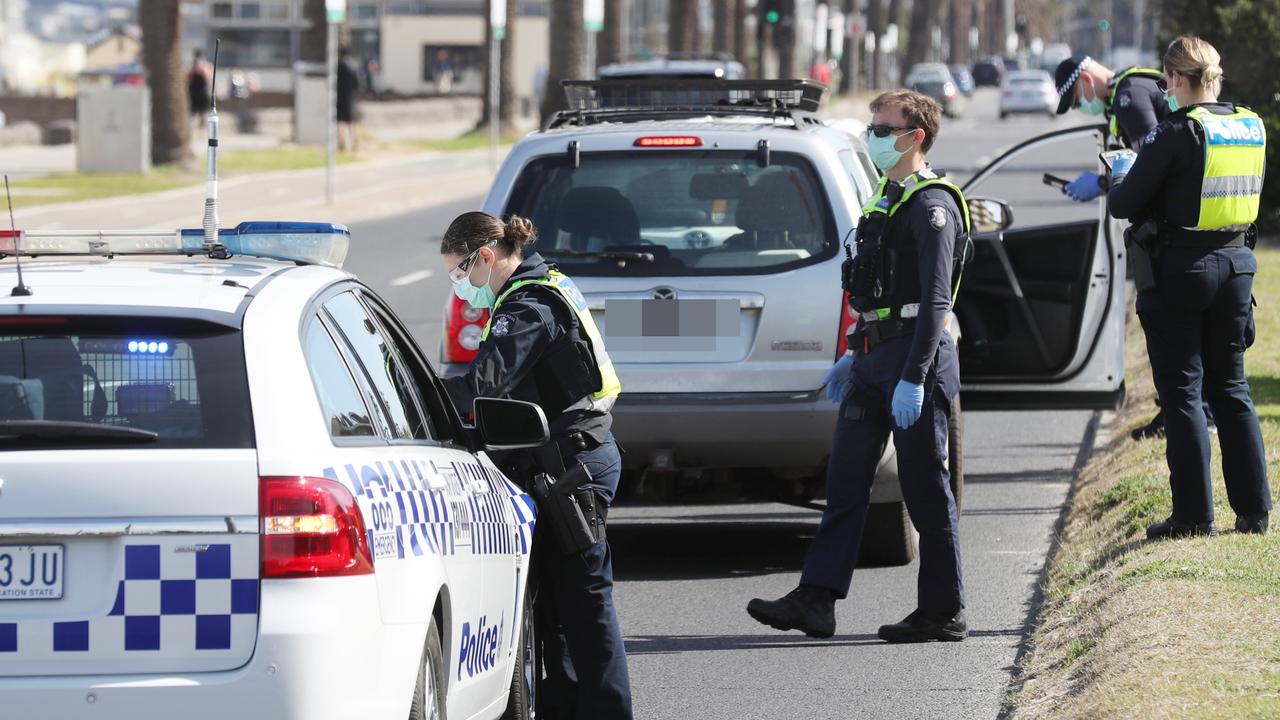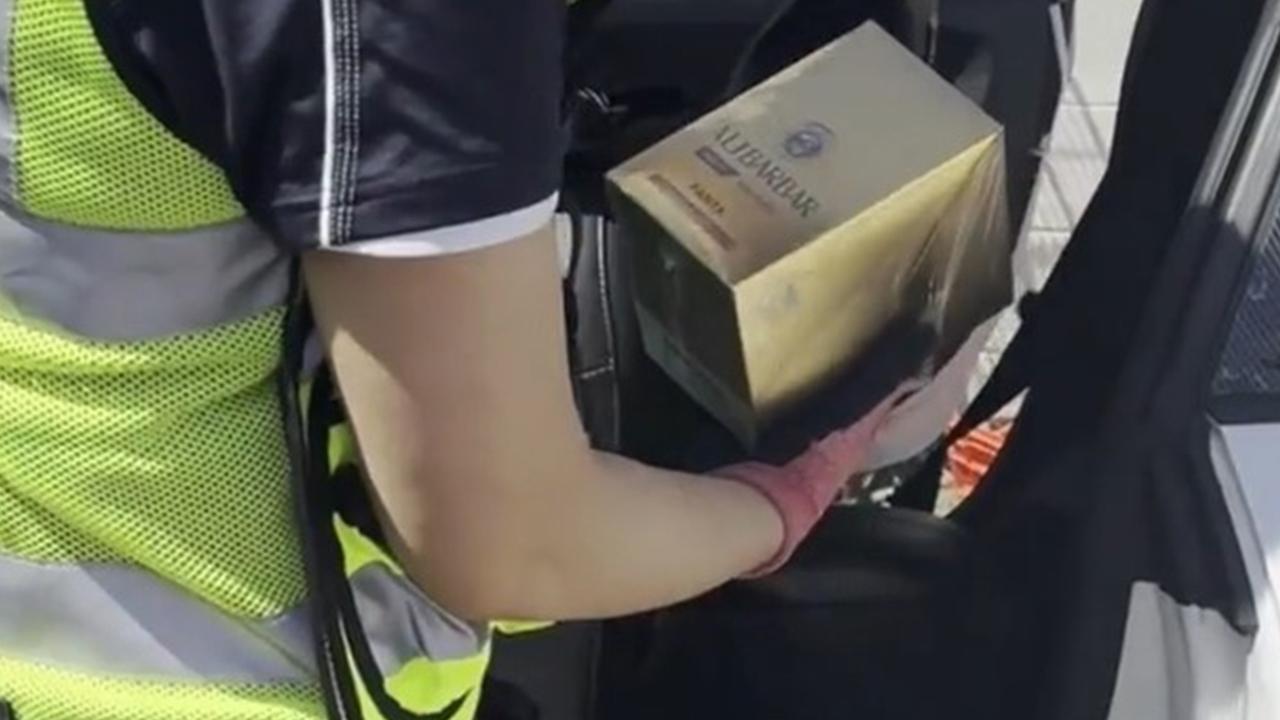Suburban Rail Loop on track to cost a whopping $125bn
Dan Andrews has disputed an $125bn price tag for the project but has refused to tell voters how much he believes it will cost, handballing the issue to his deputy.

Victoria
Don't miss out on the headlines from Victoria. Followed categories will be added to My News.
A defiant Daniel Andrews has disputed an independent $125bn price tag for the first two stages of the Suburban Rail Loop but pointedly refused to tell voters how much he believes it will cost, handballing the issue to his deputy.
However, Transport Infrastructure Minister Jacinta Allan yesterday also refused to spell out a total cost for Labor’s signature project, despite stating before the 2018 election it would be $50bn.
The SRL has now become a key election issue after Opposition Leader Matthew Guy, who yesterday accused Labor of lying about the total cost, vowed to shelve it and spend the remaining cash on the health system.
The Herald Sun yesterday revealed that modelling by the independent Parliamentary Budget Office estimated the work could instead cost about $125bn for the first two stages between Cheltenham and Melbourne Airport.
This would mean $19,231 was spent on the project per Victorian.
In a combative press conference yesterday, Mr Andrews wouldn’t say what the government’s own estimate now was.
Instead he referred back to Ms Allan for the detail.
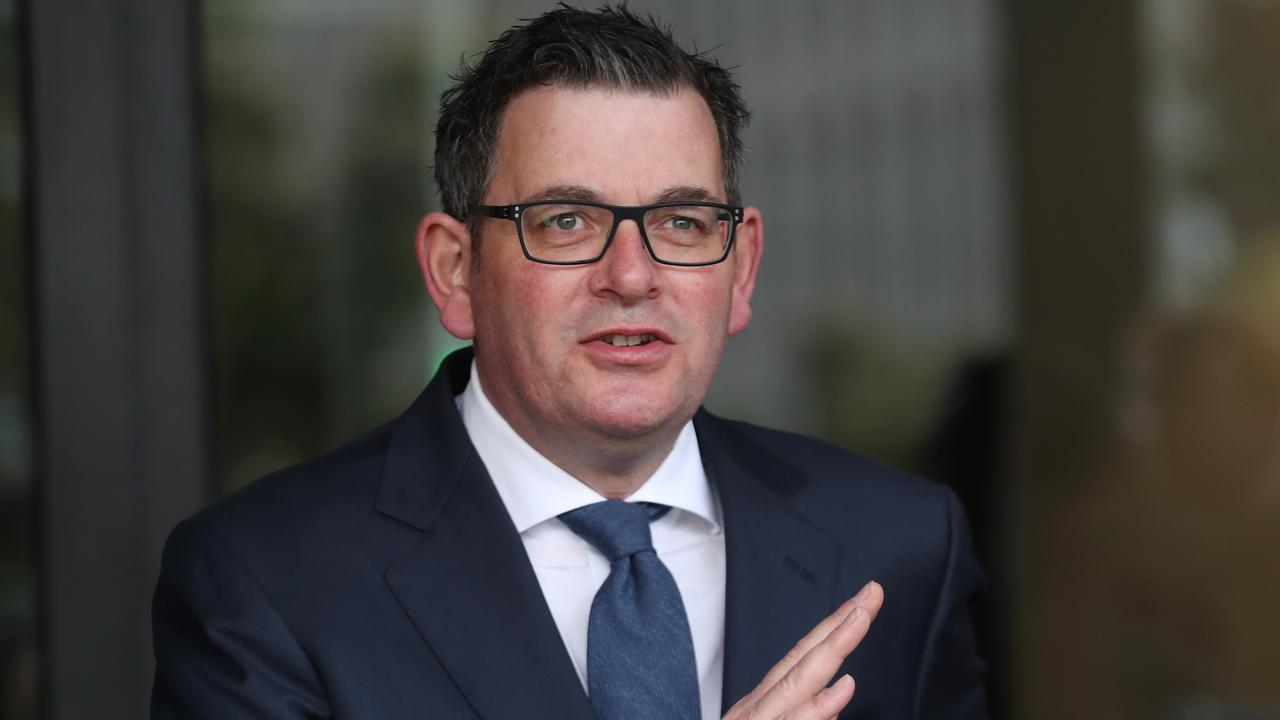
In August 2018, she said: “The estimates that we have is that this will cost in the tens of billions, potentially up to $50bn.”
But yesterday, Mr Andrews said this was not a “definitive cost”.
“When a project is talked about in concept, then you provide an estimate,” he said. “Then you do detailed design work. You have a tender, you award contracts, you actually start building it and then it’s no longer an estimate. It’s an actual.”
Mr Andrews added: “I’ll leave it to others to speak about the methodology that the Parliamentary Budget Office used.”
“I’m happy to have Jacinta come back to you about estimates of, not the bit that’s been built, but the subsequent stages.
“I’m more than happy for her to do that and she’ll provide you with the most up-to-date version of that.”
But Ms Allan declined to give a cost amount, instead saying the $125bn number was a “tricky figure” put forward by the Liberal Party.
This is despite the fact the PBO is an independent and non-partisan parliamentary budget watchdog.
“Well, the PBO’s nominal costings are over a 60-year period and, quite frankly, they’re meaningless,” she said.
“The reason for that is the value of money today is 1200 per cent more than the money of 60 years ago.
“So real, proper cost-benefit analysis looks at the value of money today, and factors that into the business cases, and that’s exactly what we’ve done.”
Opposition Leader Matthew Guy said the government had “lied” about the cost of the project since it was announced.
”Now they’ve been caught out by their own PBO,” he said.
“It is going to be shelved (if the Coalition is elected), and I’m going to put every effort into the health service.”
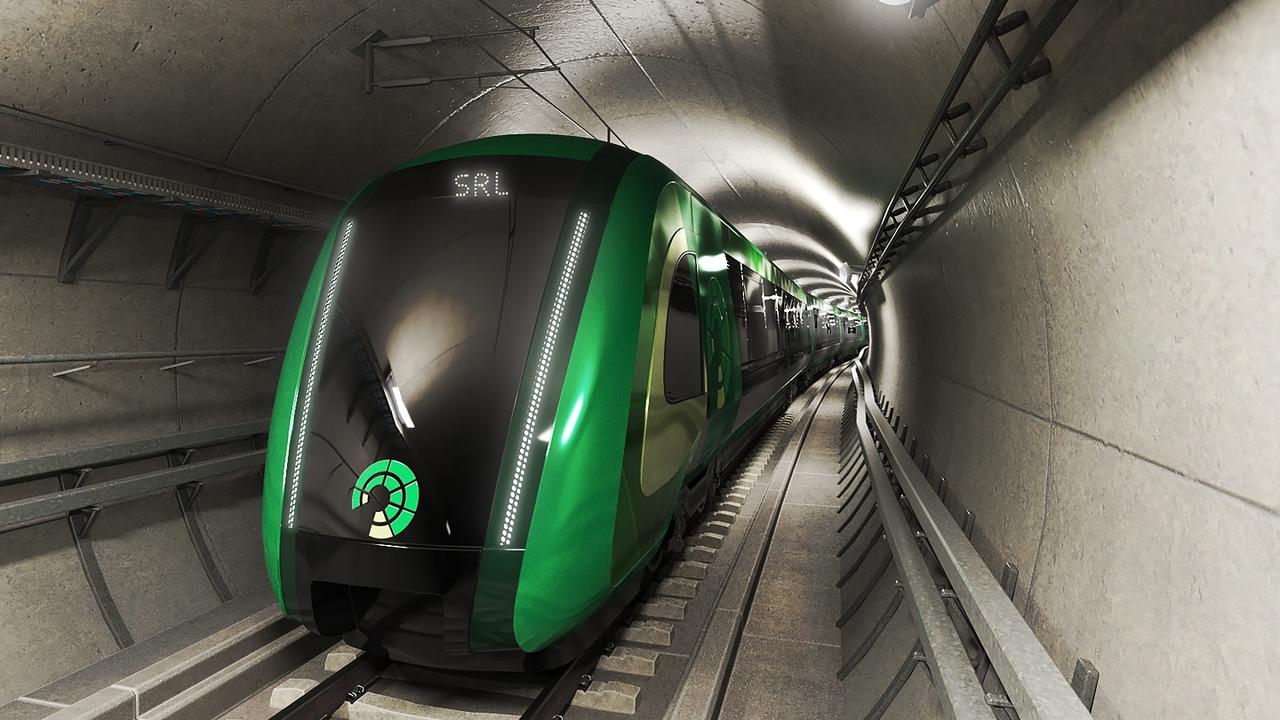
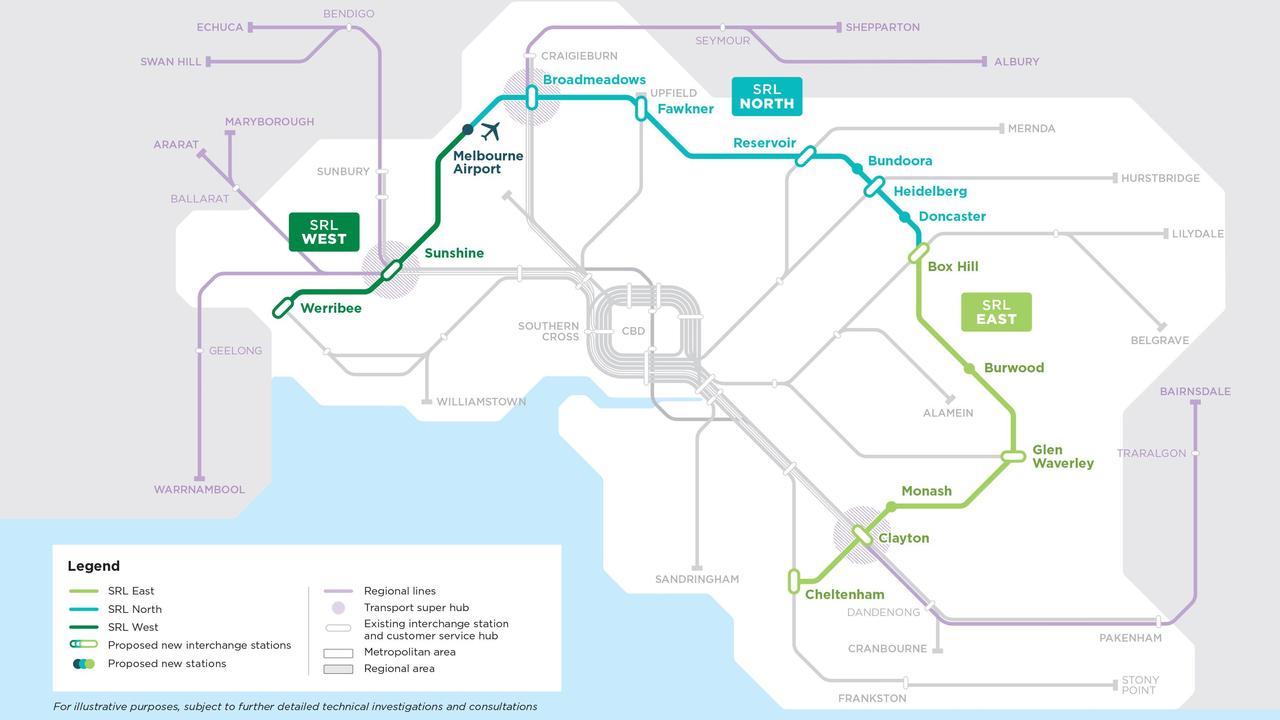
Economist Saul Eslake said it was fair the state government be asked for a guide on how much the project would cost.
“I don’t think it’s at all unreasonable for the public to expect a considered estimate,” he said. “I wouldn’t say it’s a hanging offence if 10 years later that turned out to be wrong, either.
“I know how difficult forecasting can be but I don’t think it’s at all wrong for the public to expect a guide.
“Far too often those sorts of estimates are disguised behind commercial-in-confidence claims which I believe are used far too freely.
“The federal government was similarly cagey about the cost of the inland rail project. It is inconceivable that a government would commit to a project like that without a figure.”
Ms Allan said the government had been upfront with the cost of the SRL East project, from Cheltenham to Box Hill, of $30-34.5bn but would not be drawn on a number for both sections.
When asked further on the cost, government sources referred to a figure of $50.5bn in the SRL’s business case.
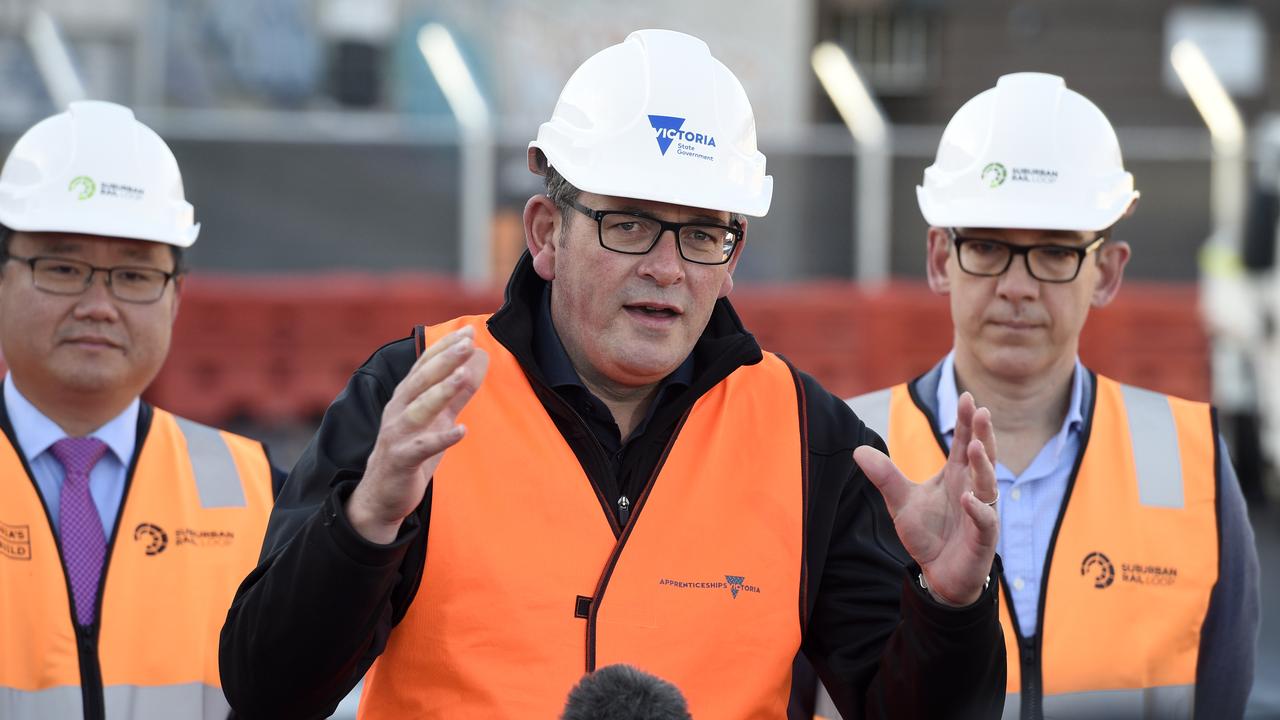
This number has come under question because it leaves just $16bn for the Box Hill to Melbourne Airport section.
One source maintained it was not responsible to provide a cost for construction that will not begin for another decade
The PBO’s estimate for the first section of SRL is in line with the government’s own price tag of $30bn to $35bn.
However, it predicts the second stage will be much more, bringing their combined cost to $125bn.
Ms Allan also pointed to modelling provided by KPMG that showed if similar calculations were applied to Melbourne’s existing City Loop, it would be forecast to cost $83.8bn by 2051.
Liberal leader vows to shelve project if elected
New costings released by the PBO predict the east and north sections of the build will end up costing more than double the government’s initial estimate for the entire project.
A $50bn price tag was attached to the entire loop – from Cheltenham to Werribee – when it was first announced by Premier Daniel Andrews in 2018. Some transport experts have subsequently speculated it could cost as much as $100bn.
Now a comprehensive report by the PBO, which provides independent and non-partisan policy costing and advisory services at the request of Victorian MPs, predicts the first two stages of the project will cost $125bn to build.
It’s the first official costing of the state’s most expensive ever infrastructure scheme to be made public.
It was prepared for the state opposition, who in May requested advice about the total cost of building and operating the loop.
Opposition Leader Matthew Guy on Tuesday vowed to shelve the project, saying that under a Coalition government the savings would be redirected to the state’s hospital system.
The move cemented transport and health as key campaign issues, with the election set to become a referendum on the rail loop.
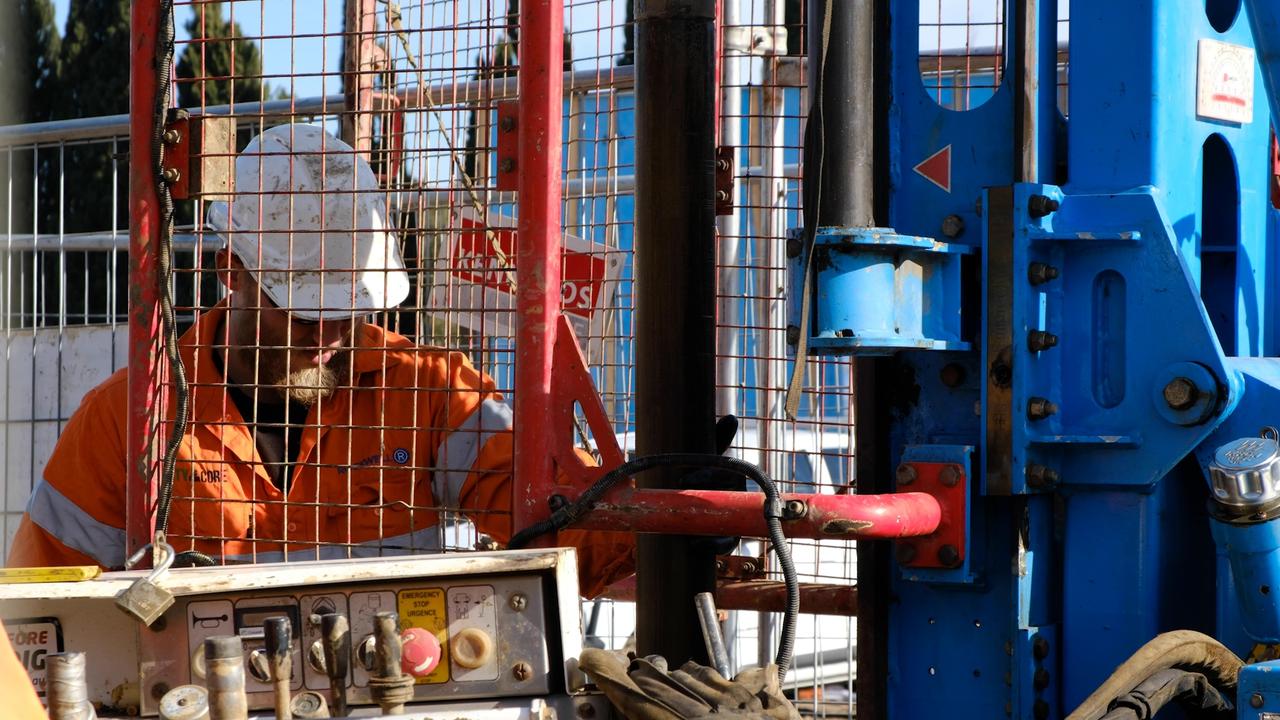
The Andrews government has so far set aside $11.8bn for the project, with $2.2bn being used for early works. It is relying on the federal government, which has so far only committed to provide about $2bn, to match its investment.
The state government hopes to raise the remaining funds through a range of private sector investment and value capture sources.
Victorian Nationals MP Danny O’Brien on Thursday backed Mr Guy’s proposal.
Mr O’Brien said he had “long-held concerns” about the project and the impact it would have on regional Victoria.
“I said at the time legislation was passed in parliament that this project was firmly in the category of ‘nice to have’ but simply not affordable,” he said.
“I think the idea is good in principle but I also think it would be nice to have a private island in the South Pacific — neither are affordable or realistic and Labor’s rail loop doesn’t factor in the effects of the pandemic including changed working arrangements and population forecasts.”
Mr O’Brien said he was concerned the project would cause country towns to miss out on vital infrastructure.
“Under The Nationals and Liberals policy the expected $35bn cost of the first stage of this project will now be dedicated to fixing the health crisis,” he said.
“I’ve been inundated in the last 12 months by people in Gippsland who can’t get an ambulance, struggle to get the surgery they need and are generally suffering from
the Labor induced health crisis.
“Shelving the Cheltenham to Box Hill rail and investing that money in our health system is the appropriate way forward and will deliver huge benefits for Gippslanders.
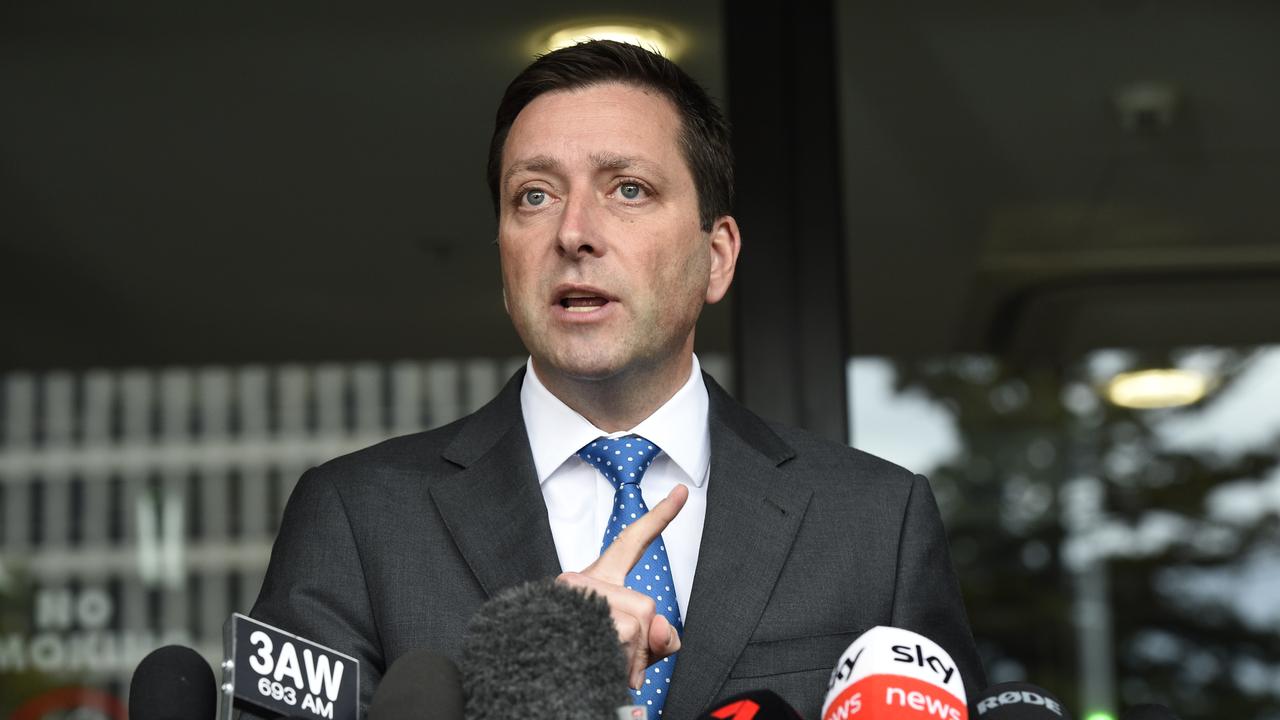
Shadow Treasurer David Davis said the costing advice was “an alarming revelation, but completely unsurprising given Labor’s record of cost blowouts”.
“It raises serious questions about the viability of this project,” he said.
“Instead of tying up hundreds of billions of dollars for decades to come, we will shelve this project and put every cent into fixing the health crisis.
“When Victorians in need can’t get an ambulance, an answer to a triple-0 call or access critical treatments, it’s clear this is the wrong project at the wrong time. This November, Victorians have a clear choice. Real solutions to fix the health crisis, or a new train line in 13 years’ time.”
An investment case has spruiked a positive economic return on every dollar spent on the first two stages.
On Tuesday, Mr Andrews told parliament the project was about jobs, and “getting people where they want to go, getting cars off the road, cutting emissions and making sure that a world-class city and state has a world-class public transport system”.
“Everyone on this side of the house, and their communities, are very, very pleased to think that we are getting on and delivering this project,” he said.
“That is what leadership looks like, actually building things that are important today, and every day that goes by they become more important. They also get more expensive if you were to put them off, for instance. You need to get on if you are the government of this state.”
Originally published as Suburban Rail Loop on track to cost a whopping $125bn

